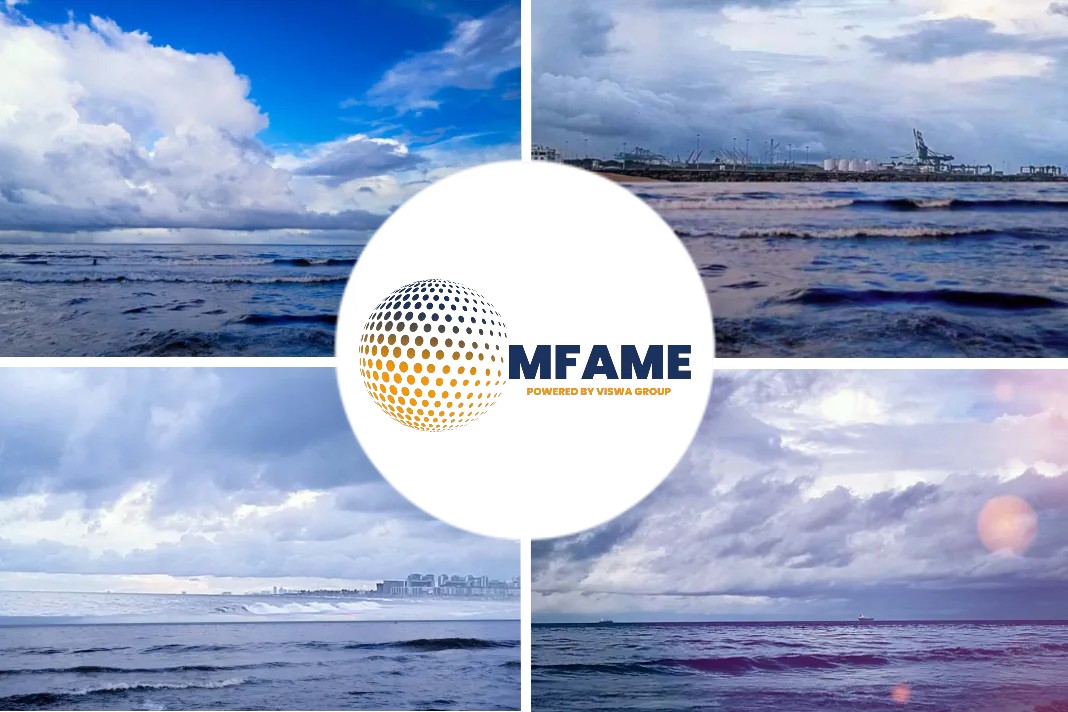- With scrap prices more than doubling in 2021 and the year closing out above a remarkable $600 per ldt, questions are now being asked about how long into 2022 the resurgence can last.
- Ongoing uncertainty surrounding new Covid-19 variants remains a constant threat with disruption to trade and supply routes an ever-present danger.
- There are suggestions in the market that the wet market may be starting to turn a corner and there is some optimism for a resurgence in rates for the coming year.
With scrap prices more than doubling in 2021 and the year ending at a record $600 per ldt, the issue now is how long the resurgence will extend into 2022. GMS Singapore’s senior trader Jamie Dalzell outlines, as reported by Splash 247.
Scrap price trajectory
Following a collapse in rates brought on by the coronavirus outbreak, the scrap price trajectory has been only up – mirroring dry and container charter rates and stock markets.
Inevitably, what goes up must come down, and as 2021 ends, we are starting to see a correction in ship recycling levels which is likely to continue into the new year.
Ongoing uncertainty surrounding new Covid-19 variants remains a constant threat with disruption to trade and supply routes an ever-present danger.
Is it any wonder that leading players are exercising caution, despite the outlook for prices remaining optimistic and vessel supply expected to remain somewhat static?
Rising steel prices
Most vessels recycled so far this year are from the beleaguered tanker and offshore sectors, and whilst charter rates remain in the doldrums, we expect it may be more of the same again for 2022.
There are suggestions in the market that the wet market may be starting to turn a corner and there is some optimism for a resurgence in rates for the coming year.
Hence it may be that we see tanker owners hold back their vessels for a while longer and wait for an uptick rather than opt to recycle now.
This will lead to an interesting supply/demand dynamic playing out across the sub-continent, with a healthy appetite to fill plots in all locations apparent off the back of firm steel prices.
The Chinese ship recycling market also remains closed, except for the Chinese flagged government tonnage, so the majority of vessels are being recycled in the subcontinent and Turkey (for mostly EU flagged vessels).
In India and Bangladesh, currencies have largely been stable, and this has contributed to the stunning performance of both markets this year in tandem with rising steel prices.
Ship recycling
There has also been great progress in the upgrade/certification of yards in India, with 92 out of 120 active yards now holding either IR, LR, RINA or Class NK Statement of Compliance (SoC) with the Hong Kong Convention.
In Bangladesh, so far, only PHP Ship Breaking and Recycling Industries holds a Class NK SoC, but several others are expected to follow suit as ship recycling standards continue to improve at pace.
So, whilst no one expects the market to double again next year, there is cause for optimism in 2022 global ship recycling markets, with demand rampant, a dwindling supply of vessels and strong local fundamentals expected to sustain across the board.
Did you subscribe to our newsletter?
It’s free! Click here to subscribe!
Source: Splash 247

















